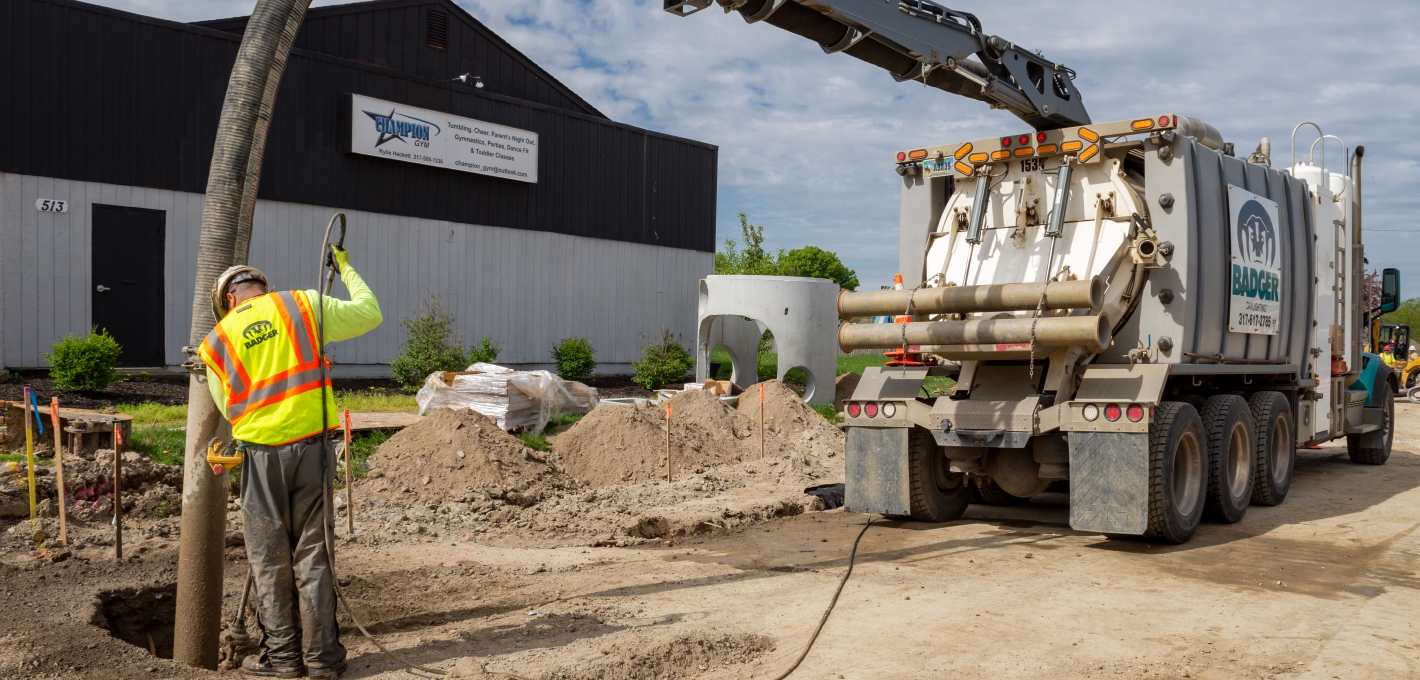Safety First: Essential Measures for Hydrovac Excavation Services

Hydrovac excavation, using pressurized water to loosen and vacuum soil, offers a precise and safe alternative to traditional digging methods. While inherently safer, prioritizing safety measures is crucial to ensure a smooth and incident-free operation. Here are some essential safety steps to remember during hydrovac excavation services:
1. Pre-Excavation Planning and Preparation:
-
Mark utilities: Before digging, clearly mark the location of all underground utilities like gas lines, electrical cables, and water pipes. This can be done through utility locating services or visual identification.
-
Site assessment: Conduct a thorough site assessment to identify potential hazards like overhead power lines, buried structures, or unstable ground.
-
Permits and approvals: Obtain necessary permits and approvals from local authorities, especially if working near public infrastructure or environmentally sensitive areas.
2. Personal Protective Equipment (PPE):
- Mandatory PPE: Ensure all personnel wear appropriate PPE like hard hats, safety glasses, gloves, high-visibility clothing, and sturdy boots. Hearing protection is also recommended due to the noise of the hydrovac machinery.
- Weather-appropriate clothing: Dress according to weather conditions to avoid heat stress, dehydration, or hypothermia.
3. Safe Work Practices:
- Maintain safe distances: Keep unauthorized personnel and bystanders at a safe distance from the excavation area, typically at least 15 meters.
- Beware of falling debris: Be cautious of falling debris like dislodged soil or rocks, especially when working near excavations with steep walls.
- Traffic control: Implement traffic control measures if working near roadways or sidewalks to prevent accidents.
- Emergency preparedness: Have a readily available emergency plan and first-aid kit in case of any accidents or injuries.
4. Equipment Safety and Maintenance:
- Regular equipment inspections: Regularly inspect hydrovac equipment for any damages, leaks, or malfunctioning parts before and during operation.
- Grounding and electrical safety: Ensure proper grounding of the hydrovac truck and machinery to prevent electrical hazards.
- Safe handling of hoses and wands: Use caution when handling high-pressure hoses and wands to avoid injury from sudden movements or ruptures.
5. Communication and Training:
- Clear communication: Maintain clear communication among all personnel involved in the excavation project to avoid confusion and ensure everyone is aware of safety procedures.
- Proper training: Ensure all personnel operating or working near hydrovac equipment receive proper training on safety protocols and best practices.
By following these essential safety measures, you can ensure a safe and efficient hydrovac excavation project, protecting workers, bystanders, and the surrounding environment. Remember, safety should always be the top priority in any excavation work.
Additional Tips:
- Use excavators or shovels to remove larger debris after initial hydrovac excavation to minimize water usage and vacuuming time.
- Consider using vacuum mufflers to reduce noise pollution, especially in residential areas.
- Properly dispose of excavated soil and debris according to local regulations.
By implementing these safety measures and best practices, you can leverage the benefits of hydrovac excavation while minimizing risks and ensuring a successful project.
Safe-Ex is a proud Native American owned business. Certified under Supplier Clearinghouse and National Minority Supplier Development Council.
- Industry
- Art
- Causes
- Crafts
- Dance
- Drinks
- Film
- Fitness
- Food
- Games
- Gardening
- Health
- Home
- Literature
- Music
- Networking
- Other
- Party
- Religion
- Shopping
- Sports
- Theater
- Wellness
- News


